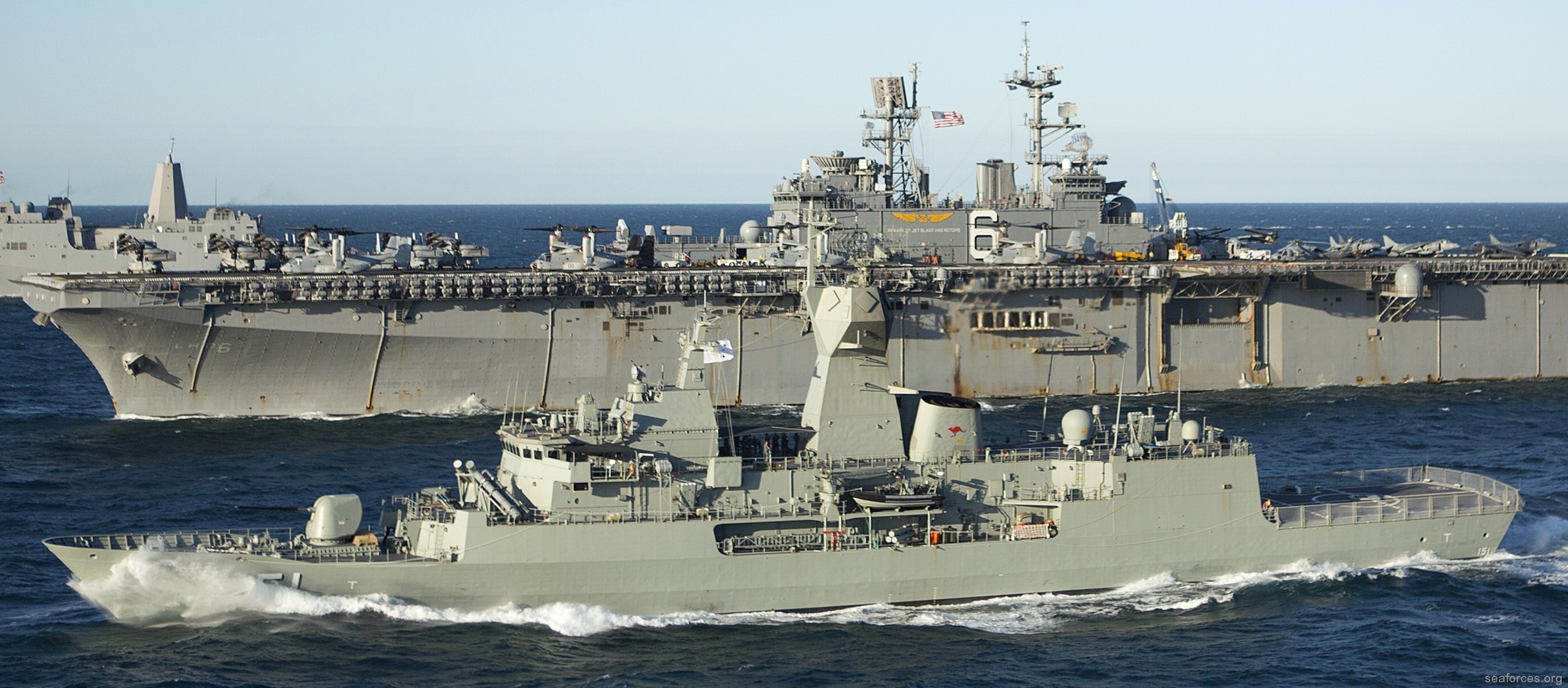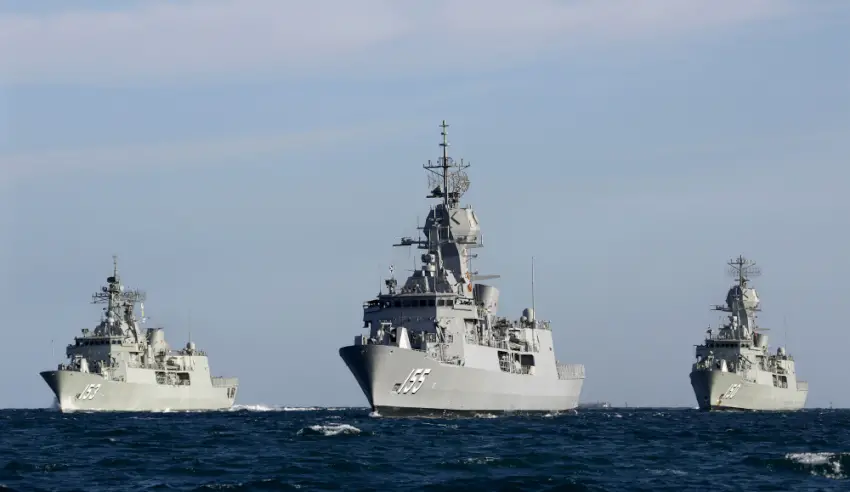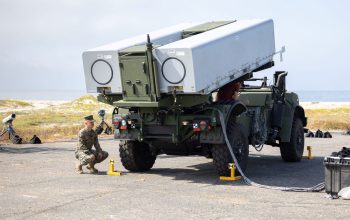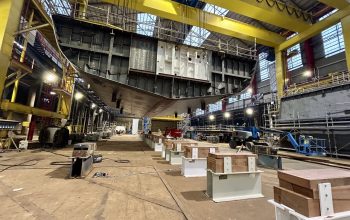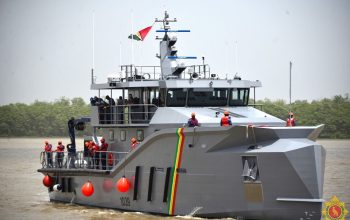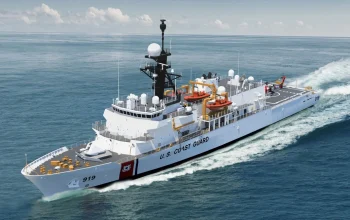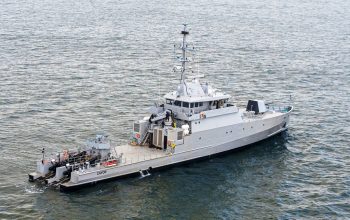The Anzac-class frigates is half way through its original service life-of-type. The first frigate was expected to be withdrawn from service during 2024–25 and the last during 2032–33. In June 2018, the Australian Government announced that Hunter class frigates (under the SEA 5000 program) would replace the ANZAC class of ships, with the first Hunter class frigate scheduled to enter service in the late 2020s.1 To accommodate the design, build and introduction into service of the Hunter class frigates, Anzac-class frigates original withdrawal dates have been extended, with the first frigate to now be withdrawn in 2029–30 and the last in 2042–43.
The Department of Defence’s (Defence) Capability Acquisition and Sustainment Group is responsible for the sustainment of the Anzac-class frigates. Royal Australian Navy has advised the Capability Acquisition and Sustainment Group of its requirements and budget for the sustainment of the ANZAC frigates in a Materiel Sustainment Agreement. The budget for the sustainment of the eight ANZAC class frigates for 2018–19 is $374.0 million — 15 per cent of Navy’s overall sustainment budget of $2,422.4 million for that year. The approved budget to sustain the ANZAC class from 2018–19 to 2026–27 is $3.4 billion.
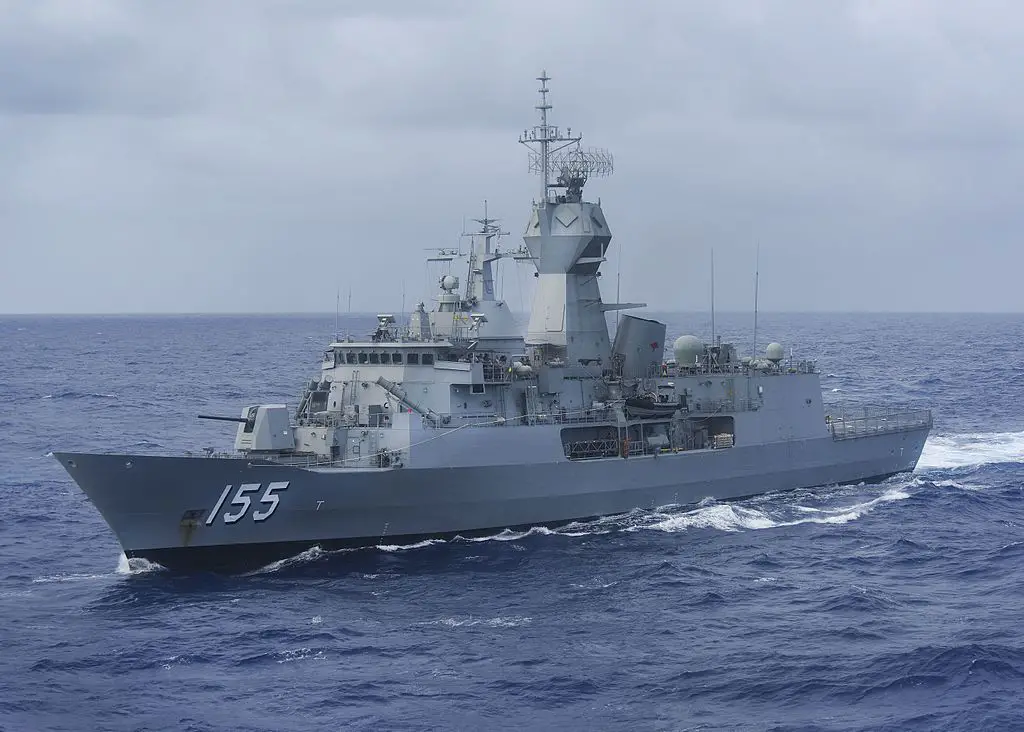
The Australian National Audit Office (ANAO) is warning the navy is not doing enough to maintain the seaworthiness of the backbone of the fleet and failed to properly examine whether the ANZAC class frigates are physically capable of having their service life extended by up to a decade beyond their planned retirement. In a scathing report, te auditor-general found the navy’s sustainment activities had “not kept pace with higher than expected operational usage” of the eight frigates and criticised the Defence Department for failing to show the efficiency or outcomes of these maintenance arrangements. The ANAO also said Defence had been aware since at least 2012 of this “misalignment” between its sustainment activities and budget and the warships’ higher operational tempo.
he Anzac class (also identified as the ANZAC class and the MEKO 200 ANZ type) is a ship class of ten frigates; eight operated by the Royal Australian Navy (RAN) and two operated by the Royal New Zealand Navy (RNZN). The project name (and later, the class name) is taken from the Australian and New Zealand Army Corps of the First World War. The Royal Australian Navy (Navy) operates eight ANZAC class frigates. The frigates were commissioned between 1996 and 2006, and form part of Navy’s core surface warship capability. The ANZAC class is used to: conduct surveillance and patrols; protect shipping and strategic areas; provide naval gunfire in support of the Army; and undertake disaster relief and search and rescue activities.
